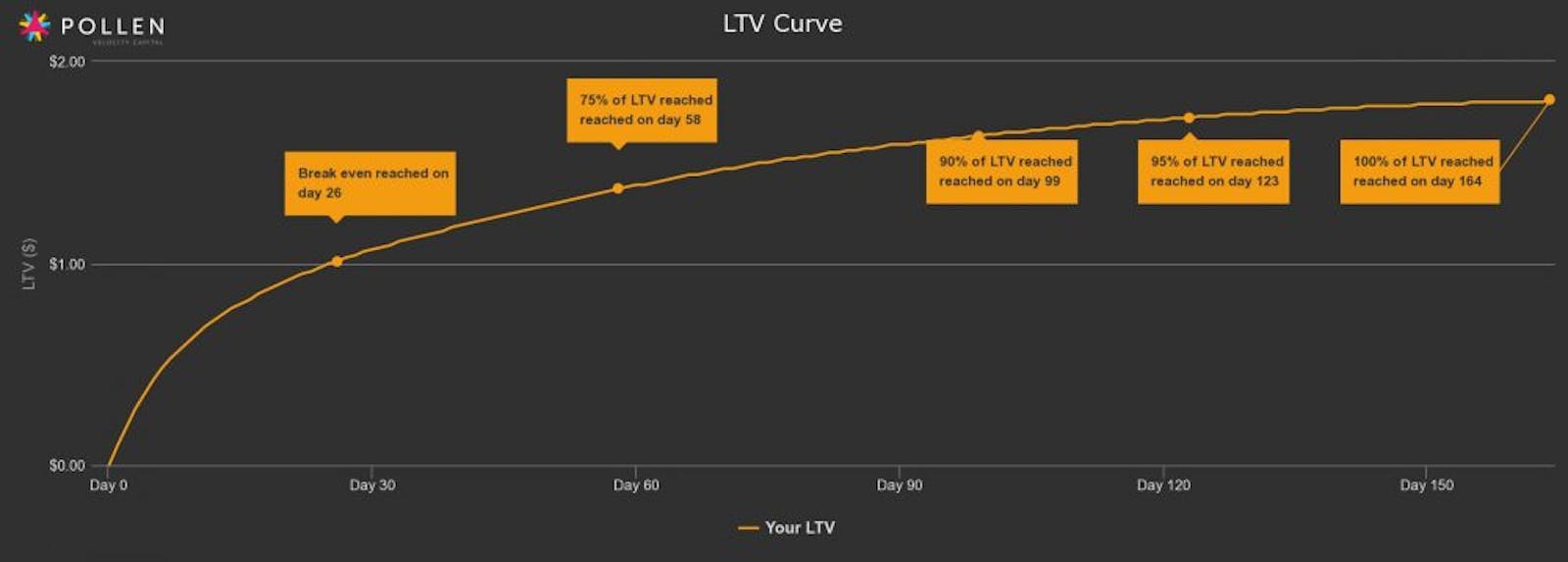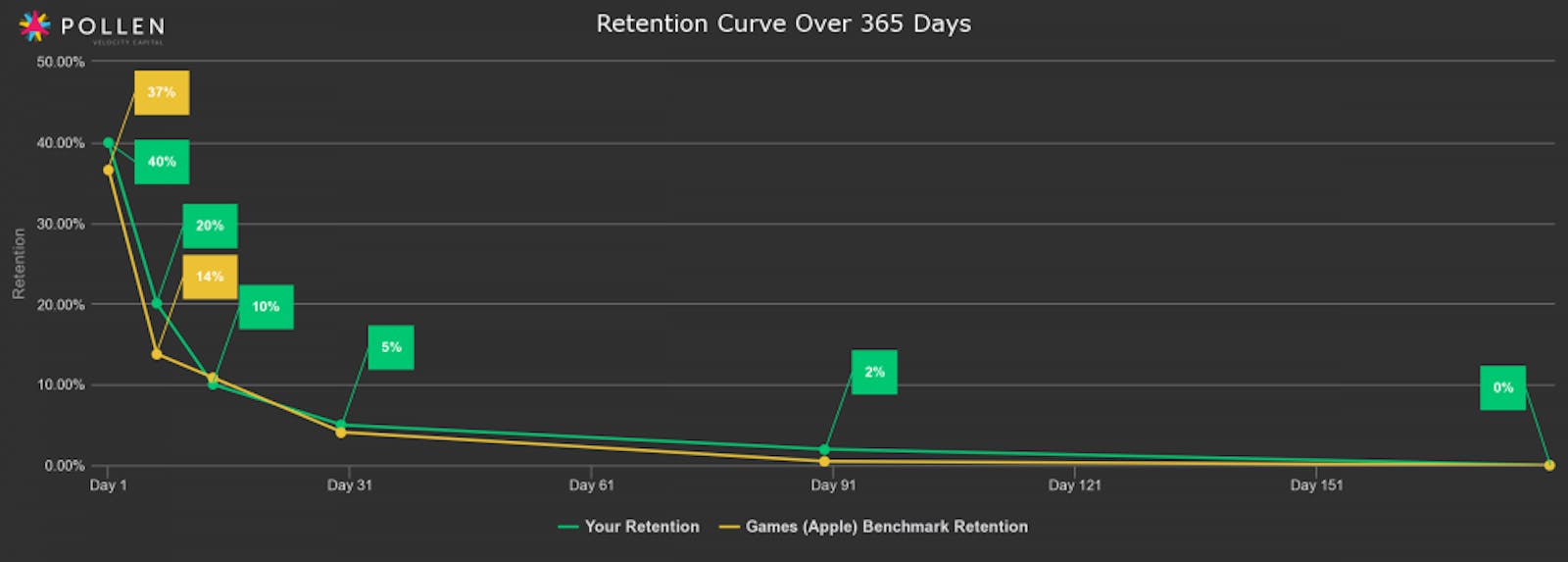
User acquisition is most often the area where developers fail. After creating a great app, they send it out into the wilderness with a wish and a hope (aka a PR campaign) and may be lucky enough to secure a feature placement on the App Store or Google Play, then are left frustrated that their quality app flounders undiscovered on the app stores.
Let’s take a step back. Developers have more autonomy and control over their destiny if they have an understanding of their unit economics in particular and a good understanding of their app’s lifetime value (LTV). LTV is the expected revenue to be earned from a customer during the lifespan of the app. With even a basic understanding of their metrics, they can be better equipped to know if paid user acquisition is viable as a way to scale up their app’s install base.
LTV is often seen as a vanity metric, as it is hard to calculate and many developers find it to be a nebulous concept and difficult to apply to their marketing plans. The reality is that if correctly understood, LTV is a very powerful metric that can define the success of your app, as it indicates whether or not you are able to spend money profitably on paid user acquisition through channels like Facebook and Google. There are many different ways in which to calculate LTV for freemium apps. Pollen VC’s LTV Calculator is popular amongst app developers which use readily available metrics to calculate and visualize the LTV curve.

By working with your advertising partners, you should have easy visibility of your customer acquisition costs – CPI (Cost Per Install), or now more frequently CPA (Cost Per Action) which defines the amount you will pay for a user to install an app on a mobile device, or complete a specific “Action” within your app, such as complete a tutorial or make a first purchase. Advertising platforms are getting increasingly sophisticated at pricing against these post-install events so that marketers can pay for what makes sense for their business to maximize ROI on marketing spend.
From the app stores and your analytics tools, you can also easily figure out your revenue and retention metrics. For freemium LTV calculation, we are most concerned with the ARPDAU metric (Average Revenue per Daily Active User) and also the retention curve – understanding how long people stay using the app before they drop off.
For example, you may have a CPI of $1.00 per user. Thus, you’re looking at a marketing budget expenditure of $10,000 for 10,000 app installs. While most apps will have an organic uplift of at least a few percentage points – users who discover your app via sharing, a feature placement, PR, or word of mouth, but unless this uplift (also known as Virality or “K factor” can be established with some certainty, it may be best to leave this out of the calculation

Next, figure out your retention and how “sticky” your app is, as drop off of users is to be expected and anticipated. It is your job as a developer to make sure you create something people stick with over a window of time, from the first day to the first week, month, quarter, and half year. If you can keep all of those users you paid for (CPI), including those paying users who contribute to the all-important ARPDAU number (average revenue per daily active user), with a quality retention rate and decent monetization you will have a quality LTV metric. If your LTV is not good enough to acquire users profitably, then you can work backward and figure out what is wrong by tweaking a combination of retention and ARPDAU.
If you can show that you have an LTV in excess of the customer acquisition cost (CPI, CPA, etc), you have an ROI-positive way to acquire users for the app. Whichever monetization method you have chosen for your app, whether it be In-App Purchases, Ads, or Subscriptions, it is important to understand how LTV is delivered and model how the acquisition costs move over time (generally the more you buy the more it costs).
And that’s the thing, an understanding of your CPI/CPA and LTV calculation can instantly tell you if you have a business that can scale up using paid UA. Marketing your apps needs to be done with as much thought and care as you put into creating them. It’s wholly a matter of best understanding what metrics, figures, and tools are at your disposal. From there you can take ownership of the future and health of your app and your ability to scale up.
This article originally appeared on Mobile World Live on 3 August 2017
Pollen VC provides flexible credit lines to drive mobile growth. Our financing model was created for mobile apps and game publishers. We help businesses unlock their unpaid revenues and eliminate payout delays of up to 60+ days by connecting to their app store and ad network platforms.
We offer credit lines that are secured by your app store revenues, so you can access your cash when you need it most . As your business grows your credit line grows with it. Check out how it works!